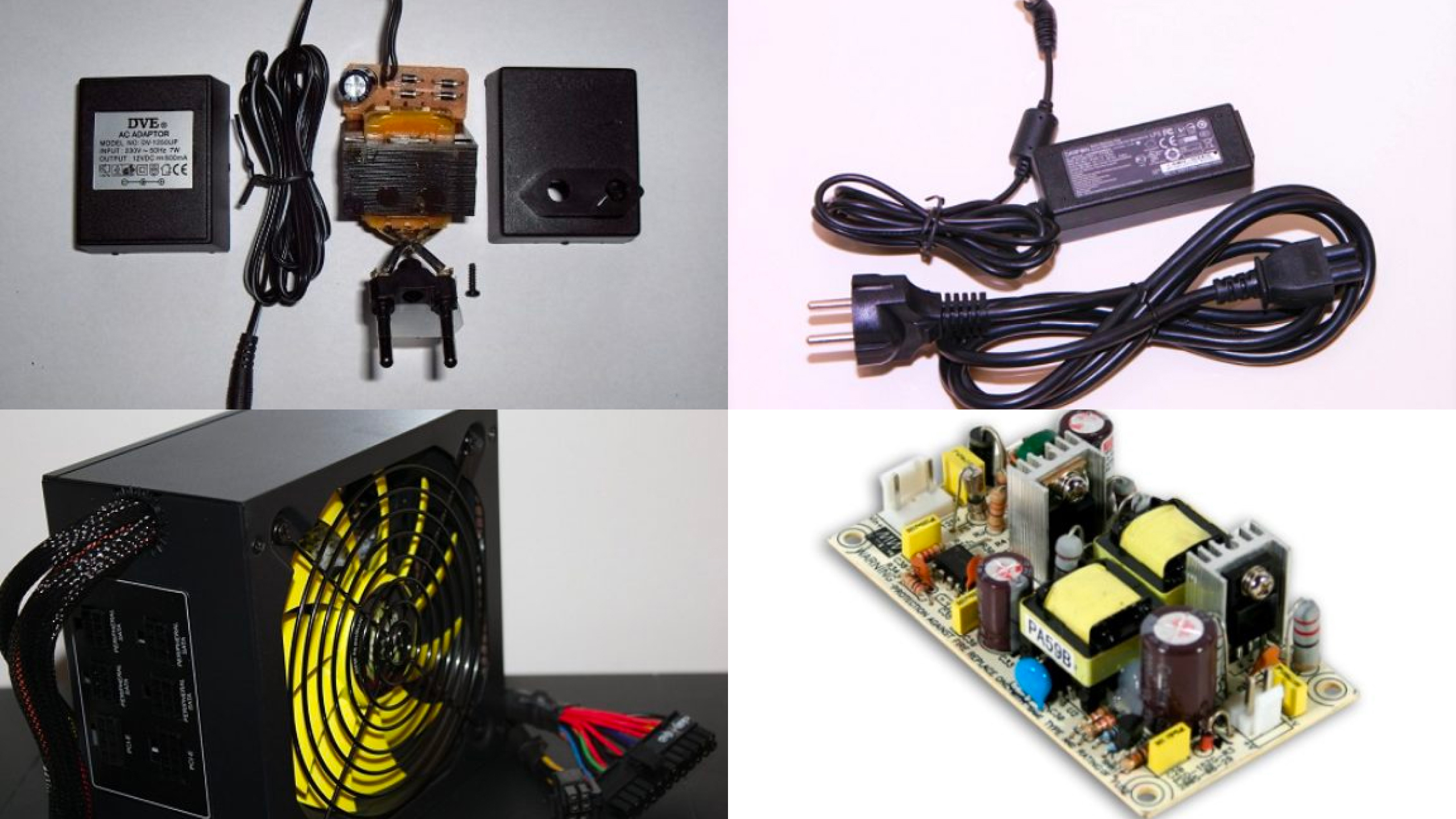
A very useful source of DC voltage is almost guaranteed to be in your pocket and all around you: USB (Universal Serial Bus). It started out a long time ago as a low speed and low power connection, but as technology and products have developed, we rely on them for a surprising amount of power-delivery only situations. Early USB power was only 100mA and 5V, but now commonly provides 1-2A at 5V, and even 5A at 20V in pure power delivery mode to quickly charge tablets and phones.

The way that USB has been incorporated into so many of our consumer goods is great for portability since USB can be found everywhere. They can be found wherever there are computers, phone chargers, tablet chargers, wall outlets, car adapters, etc. USB is so common, it can be found in places where it would not have made sense 10 years ago, like on a lamp or in multiple places in a minivan. A great source USB power is portable phone chargers (rechargeable batteries and USB spec regulation), allowing projects to be mobile or remote by using the relatively large battery of a phone charger.

With so many potential sources that use the USB standard, there are many standard regulators and DC-DC converters designed to use USB to provide 5V and 3.3V to breadboard circuits. Being aimed at small projects and breadboards, they have 0.1” pin spacing, making them easy to connect to. Some are even built to span a normal breadboard and supply 5V to one rail and 3.3V to the other rail on a breadboard. These are generally not adjustable, they have just the 5V and/or 3.3V outputs, but that is a good thing in terms of simplicity. One I found was essentially just a board with micro-USB straight through to an accessible header, including the data lines (so it could be used as a USB interface to a project as well).

Arduino, Raspberry Pi, and other popular development boards can be USB powered, and they have outputs to supply power to other parts of a project as well. This is very handy for people working with these development boards since they have to connect via USB to load code onto the device anyway. Once the programming is done, the project can continue to be powered via USB - an easy way to power it without being tethered to a PC is via a portable USB charger.
The point is, USB power is everywhere and can be a very handy way to power y’alls project.
Images Source:
- https://commons.wikimedia.org/VIA_Labs_VL811, CC BY 2.0
- https://www.sparkfun.com/products/8376, 12035, 11021, 14643, 14057, 14689, CC BY 2.0
- https://commons.wikimedia.org/Tokyu_Bus_NI3740, CC BY-SA 4.0
- https://commons.wikimedia.org/Q53_SBS_03_USB_port, CC BY-SA 4.0
- https://commons.wikimedia.org/USB_power_adapter, CC BY-SA 4.0
- https://en.wikipedia.org/Leviton_NEMA_5-15R















